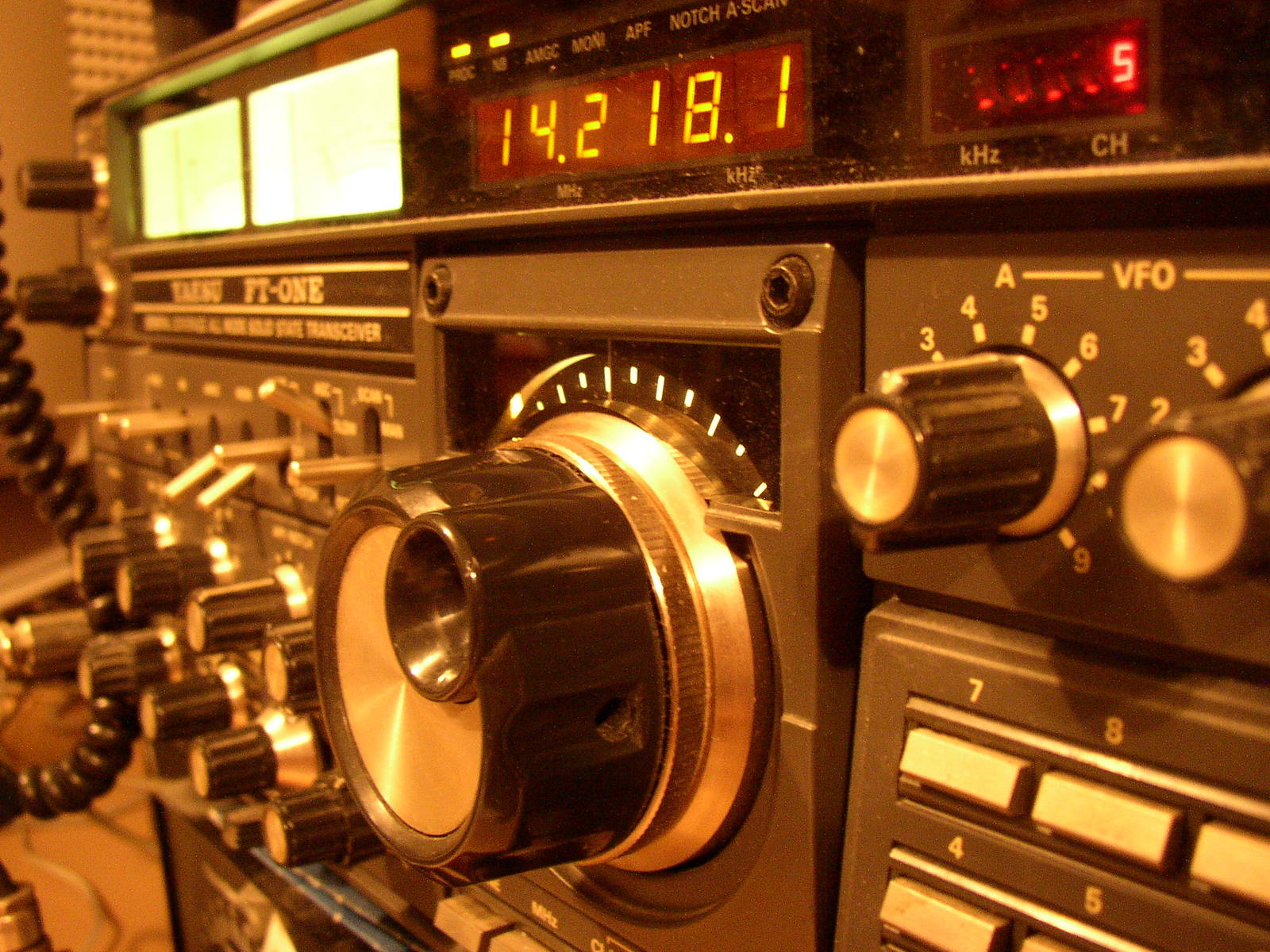The FCC’s Part 15 and Drive In Church – Is it Legal?
There is a buzz going around right now about Drive-In Church and using FM transmitters to broadcast the service to all the car radios. But before you go and buy a bunch of gear, there are a couple things you should know.
- It is legal to transmit in both the FM and AM band.
- You may not interfere with licensed broadcast stations.
- Violations by individuals or institutions can result in fines by the FCC.
So what is Part 15 and what does it say about unlicensed use of the AM/FM spectrum? Part 15 includes FCC’s regulations for unlicensed use of the AM/FM broadcast channels. According to a Public Notice released by the FCC on July 24, 1991; “There are two basic types of low power broadcast operation permitted – licensed and unlicensed. The following tables describe the basic criteria for both. It is important to note that the forms of broadcast operation listed on these tables are the only ones permitted. Operation of an AM or FM radio station at a power level greater than that permitted for unlicensed operation and less than the minimum required for licensed operation is NOT permitted.”
The FCC’s chart indicates the following:
For AM Unlicensed broadcasting the maximum power is 0.05 watts.
For FM Unlicensed broadcasting the maximum power is 0.01 microwatts.
So what does this mean?
- Practically speaking, consumer level FM transmitters are available. But in many areas, the FM spectrum is packed full of stations. Even if you find an empty frequency, you’ll most likely have some sporadic signal or bleed from adjacent stations to overcome, which reduces the effectiveness of your transmitter.
- Even if you live in a place where you have a nice clean, open FM channel, 0.01 microwatts doesn’t cover a large area. 200 ft is an ideal situation.
- Many transmitters found on Amazon and other sites are not FCC compliant or require licensing to use legally.
- FCC compliant AM transmitters are easier to find but the audio quality can be lower.
Let me suggest another idea. You could use a powerful WiFi access point and a low latency audio encoder like the Listen LW-100P-02. This can accommodate many users via a downloadable smart phone app and be rolled into your assistive hearing system when you are done with it. However, I strongly recommend a good IT and audio professional to set the system up properly.
So yes, this can be done legally. Can it be done effectively? That will depend upon the team you pick to set it up and the quality of available AM or FM channels available in your area.
P.S.
In talking to some broadcast engineers, they recommend the AM transmitter over the FM. They also mentioned that the higher frequency you pick, the better signal you will get with the limited antenna the FCC requires.
Below are links for equipment mentioned in this article as well as other resources you may find helpful.
Links:
FCC Approved Part 15 FM transmitters
http://www.progressive-concepts.com/transmission-equipment/part-15-transmitters.html
FCC Approved Part 15 AM transmitters
Part 15 Broadcasting
https://www.hobbybroadcaster.net/
WiFi Audio Encoders
FCC Part 15 Gobbledygook
https://www.fcc.gov/media/radio/low-power-radio-general-information#UNLICENSED

